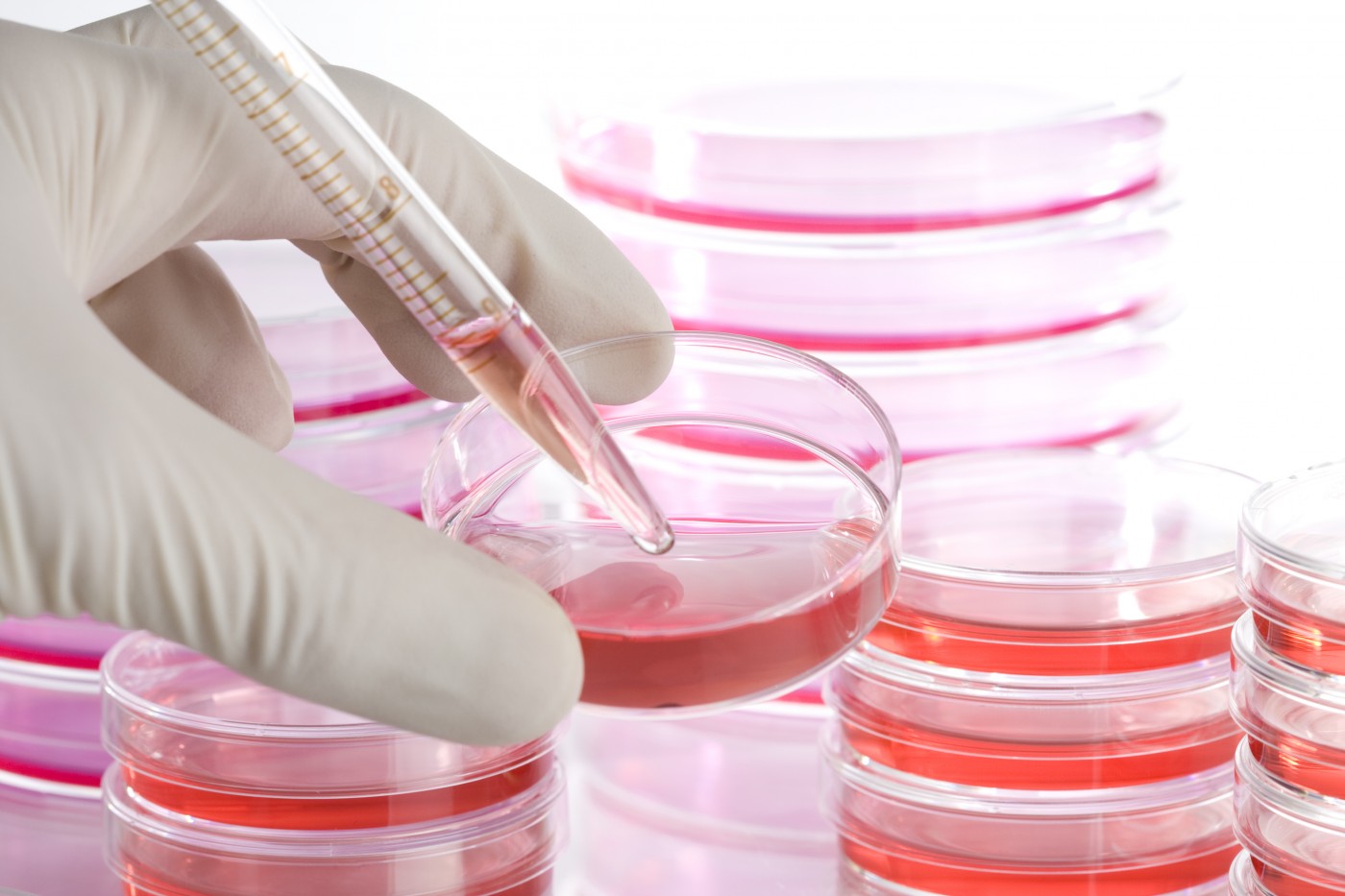Neuron-Like Cells Derived from Patients May Offer Way to Better Understand and Treat Disease, Study Reports
Written by |

Neuron-like cells derived from a Batten patient’s skin cells may be a suitable way of investigating the mechanisms behind the disease — and of being able to test ways of possibly treating it, researchers report.
Their study “Induced Pluripotent Stem Cells Derived from a CLN5 Patient Manifest Phenotypic Characteristics of Neuronal Ceroid Lipofuscinoses” was published in the International Journal of Molecular Sciences.
Neuronal ceroid lipofuscinoses (NCLs), collectively called Batten disease, constitute the most common group of pediatric neurodegenerative disorders.
NCLs are caused by mutations in at least 14 different genes (CLN1–CLN14) and share several features including visual impairment, seizures, neurodegeneration, and the accumulation of certain types of fats inside lysosomes — vesicles that digest and recycle unwanted materials inside cells.
Despite researchers’ attempts to understand disease mechanisms using animal models, knowledge on how Batten disease leads to neurodegeneration remains poor.
Finding a good disease model is essential in understanding which molecules are involved in disease development, and in adequately designing and testing potential therapies so that they might advance into clinical trials.
To generate a more reliable model to study the neuronal symptoms caused by Batten disease, researchers derived nerve cells in the laboratory from a patient carrying a CLN5 mutation, which causes a late infantile form of Batten disease.
They collected skin cells from the patient and managed to convert them into induced pluripotent stem cells (iPSCs) — cells that have the potential to generate different cell types — which were then propagated and differentiated into immature nerve cells.
These nerve-like cells were able to mimic a hallmark of Batten disease: they accumulated storage (fat) material.
Using a fluorescent marker to trace the transport of a type of fat, called sphingolipid, the researchers saw that CLN5-deficient cells were not able to adequately transport these fats within cells, replicating the cellular defects also observed in CLN5-deficient mice.
“Patient-derived iPS cells and their differentiated derivatives may well provide better models for NCL disorders,” the researchers wrote.
“More importantly, iPS cells and their derivatives may be used as platforms for performing high-throughput screenings of large chemical libraries to identify novel drug candidates for the disease,” they concluded.




